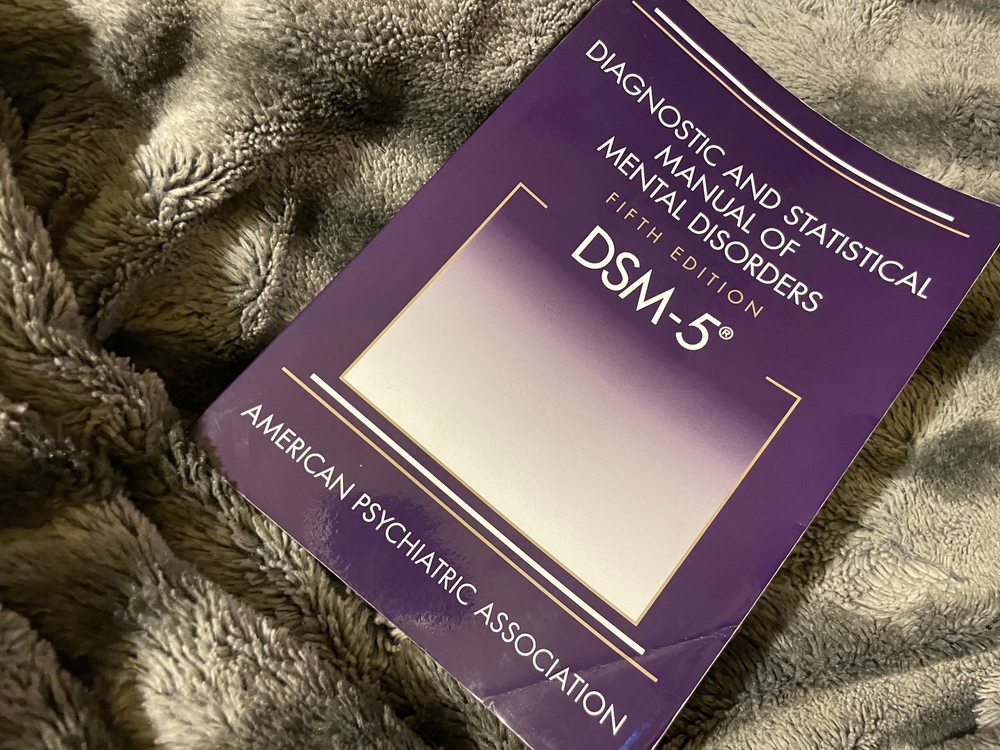

Nitrous oxide (more commonly known as laughing gas) is a widely used drug in the UK and many other European countries. This colourless, sweet tasting gas has been used for over a hundred years recreationally and in medicine as an anaesthetic and for pain.
Nitrous oxide is easy to obtain and relatively affordable, meeting the two drivers of drug use – price and availability. The short acting effects include euphoria, heightened senses and a slight feeling of disconnect from the body. It is inhaled using balloons or small canisters referred to as ‘whippets’.
The drug is used by people of all ages, but young people make up most of those reporting use. Among 16-59 year olds, 1.3% reported using nitrous oxide compared with 3.9% to 16-24 year olds. As with all information about drug use it is difficult to be precise about the numbers of people using nitrous oxide and how frequently they use it. We know that some people will naturally be reserved about admitting to using a drug; fearing they will be stigmatised and/or get into trouble.
As with all drugs, there are some risks associated with nitrous oxide use. It is these risks that have prompted extensive media attention over the last year. The UK government has responded to concerns from some clinicians about the potential harms from using nitrous oxide by updating legislation that makes possession of the drug a class C offence.
Use and supply of nitrous oxide was already restricted under the Psychoactive Substances Act, a topic covered by fellow Elf Professor Harry Sumnall in a previous Mental Elf blog.
Although most of the media attention has centred on the risks to health such as neurological damage, there has been little discussion about the potential for addiction following use. So, a recent review exploring this aspect by Back and colleagues (2023) is timely.

Nitrous oxide is easy to obtain and relatively affordable, meeting the two drivers of drug use – price and availability, but is it harmful for people who use it recreationally?
Methods
The authors conducted a literature review of studies that investigated recreational use of nitrous oxide rather than medical use. Nitrous oxide has been used medically as an anaesthetic for over a hundred years.
This review of the available literature aimed to get information about how addictive the substance is when using the Diagnostic and Statistical Manual version 5 (DSM-5) criteria. This includes eleven items such as tolerance to a drug, craving and withdrawal symptoms. DSM criteria are widely used in research and by clinicians to assess individuals and their use of a drug or drugs to establish whether there is a problem.
The authors included both human and animal studies in their literature search.
Results
Having reviewed the literature and cross checking with the DSM-5 criteria the authors concluded that nitrous oxide use did meet four of the eleven DSM-5 criteria for addiction. The four were:
- Criterion 1 – using more of the drug than intended.
- Criterion 3 – spending a substantial amount of time using the drug.
- Criterion 6 – experiencing social or interpersonal problems.
- Criterion 8 – potentially physically hazardous use.
It is important to point out that all of these were for those using nitrous oxide heavily, i.e. frequently and or at higher doses. Although heavy use is not precisely defined by the authors, they do mention that less than 3% of those using the drug do so at least once a week, with the ‘heaviest’ users inhaling 10 or more shots a day.

According to this review, heavy users of nitrous oxide may meet some of the DSM-5 criteria for addiction.
Conclusions
The popularity of nitrous oxide has grown in recent years as demonstrated by the empty canisters that litter many streets across the UK. The drug is often perceived to be harmless or at least low risk, barring the rarer cases of neurological damage that some people have experienced, however its potential for addiction is not well understood. This study makes that aspect the focus of its investigation.
The authors assert that based on their findings nitrous oxide should be considered to be addictive for those using the drug heavily as it meets four out of the eleven DSM-5 criteria. Although they do say that there are limitations with the studies they reviewed and included.
Thinking about where nitrous oxide fits into the hierarchy of drug harm, it is still one of the least harmful of all the widely used recreational drugs. The only sure-fire way to avoid harm from drugs is not to use them in the first place, but that’s not an effective or realistic approach, despite successive governments basing their drug policies and messaging on that flawed idea.

The popularity of nitrous oxide has grown in recent years, but its potential for addiction is still not well understood.
Strengths and limitations
The authors are a little more candid about the limitations of the studies they found than about the problems with their own study. There is no mention or rational for why they chose to conduct a literature search rather than a systematic review. The latter method is a more reliable and in-depth way of investigating the evidence.
As mentioned some key aspects of their study are not clearly defined such as what exactly is a ‘heavy’ user of nitrous oxide? Other important details are missing such as inclusion and exclusion criteria used by the authors in their search of the literature.
It is also not helpful to use the term addiction rather than physical or psychological dependence. It would have been a little more work, but would have produced a more useful article if the authors had adopted this terminology and explored the topic in this more precise way.
There are many limitations to the studies included in this article which the authors describe. These include the methods and sampling. For example, some studies were based on rats and many of the studies were qualitative, or case based. The authors rightly argue that larger cohort studies are needed to try and answer the question about the potential for dependence with nitrous oxide.
On a more positive note, this article is timely and helps raise awareness of an aspect of nitrous oxide that has received insufficient attention, namely its dependency profile. Crucially the authors make the point about the risk for harm being greater for those using the drug more frequently and at higher doses.

Future research should focus on the physical or psychological dependence that nitrous oxide users may experience, rather than the less specific term – addiction.
Implications for practice
Given the limitations with the study and the literature it is based on, it is still not clear what the potential for addiction is with this drug. This clearly limits the practitioner’s ability to advise anyone using the drug that they encounter. This also restricts any public health messaging or intervention seeking to reduce harm given the limited intelligence we have so far about the drug’s potential addictiveness.
Perhaps the best we can say at present is that people using nitrous oxide most frequently and at higher doses are at the greatest risk of developing problems, whether these are physical or psychological. Frequency and dose are both factors that are markers for the potential harm that many drugs cause.

People using nitrous oxide most frequently and at higher doses are at the greatest risk of developing problems, whether these are physical or psychological.
Statement of interests
No conflicts of interest.
Links
Primary paper
Back, S., Kroon, E., Colyer‐Patel, K. and Cousijn, J. (2023). Does nitrous oxide addiction exist? An evaluation of the evidence for the presence and prevalence of substance use disorder symptoms in recreational nitrous oxide users. Addiction. https://doi.org/10.1111/add.16380
Other references
Hamilton, I. Sumnall,H. Nitrous Oxide: Suella Bravermans call to have the drug reclassified has been rejected by government advisors, 2023. https://theconversation.com/nitrous-oxide-suella-bravermans-call-to-have-the-drug-reclassified-has-been-rejected-by-government-advisers-201265 The Conversation.
Sumnall,H. Hamilton,I. Monaghan,M. Novel Psychoactive Substances: important information for health professionals. The Mental Elf, 3rd March 2017 – https://www.nationalelfservice.net/mental-health/substance-misuse/novel-psychoactive-substances-important-information-for-health-professionals/
UK Government, 2023. Nitrous Oxide: updated harms assessment https://www.gov.uk/government/publications/nitrous-oxide-updated-harms-assessment/nitrous-oxide-updated-harms-assessment-accessible
UK Home Office, 2023. Nitrous Oxide ban: guidance. https://www.gov.uk/government/publications/nitrous-oxide-ban/nitrous-oxide-ban-guidance








